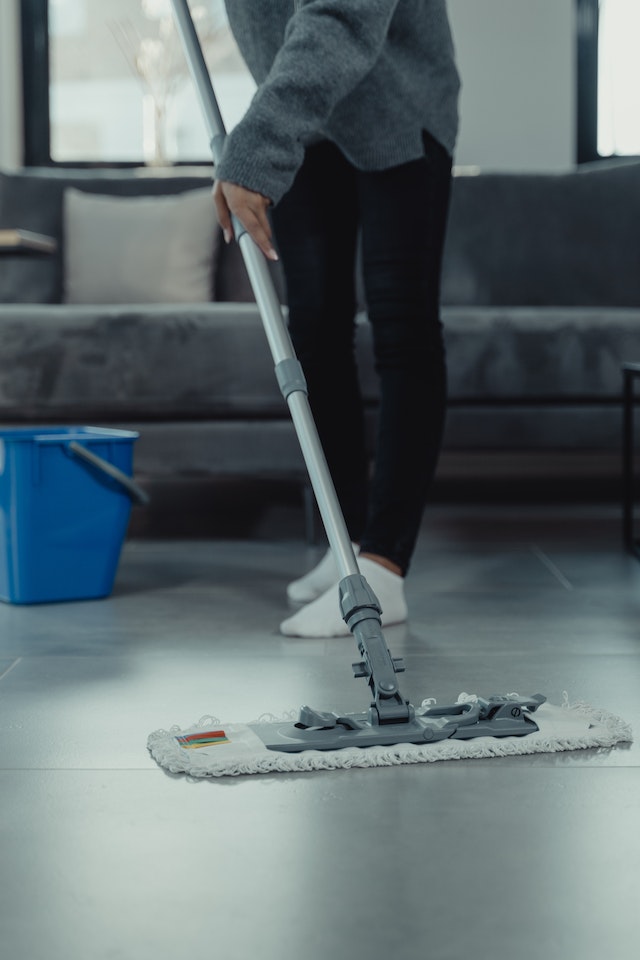In the realm of household plumbing, certain components remain hidden in plain sight, yet play a pivotal role in maintaining the functionality and safety of our homes. The toilet shut-off valve is one such unsung hero. This seemingly unremarkable device holds the power to prevent potential disasters and provide you with peace of mind. In this blog, we will dive into the world of toilet shut-off valves, exploring their importance, functionality, maintenance, and why understanding them is a crucial aspect of responsible homeownership. toilet shut-off valve
The Role and Importance of Toilet Shut-Off Valves: Imagine waking up to a flooded bathroom due to a malfunctioning toilet. This is where the toilet shut-off valve comes into play. It serves as the control center for the water supply to your toilet. By shutting off the valve, you can halt the flow of water in emergencies, preventing damage and saving you from unnecessary stress and repair costs.
Anatomy and Functionality: The toilet shut-off valve is typically located on the wall behind or beside your toilet. It’s connected to the water supply line that feeds your toilet’s tank. Turning the valve clockwise closes it, cutting off water flow to the toilet. Conversely, turning it counterclockwise reopens the valve, allowing water to flow again.
Locating the Valve: To locate your toilet shut-off valve, simply follow the water supply line from the toilet’s tank. It’s crucial to familiarize yourself with its location, especially in case of emergencies or when performing maintenance.
Maintenance and Care: Like all plumbing components, toilet shut-off valves require regular attention to ensure they function properly. Here are some maintenance tips:
- Annual Testing: Test the valve’s operation at least once a year to ensure it turns smoothly and without leakage.
- Lubrication: If the valve becomes difficult to turn, a small amount of plumber’s grease can make a significant difference.
- Visibility and Accessibility: Ensure the valve is easily accessible and not obstructed by any objects. In case of emergencies, quick access can save the day.
Replacing a Faulty Valve: If you notice leakage, corrosion, or if the valve doesn’t function as it should, consider replacing it promptly. Consult a professional plumber if you’re unsure about the replacement process.




